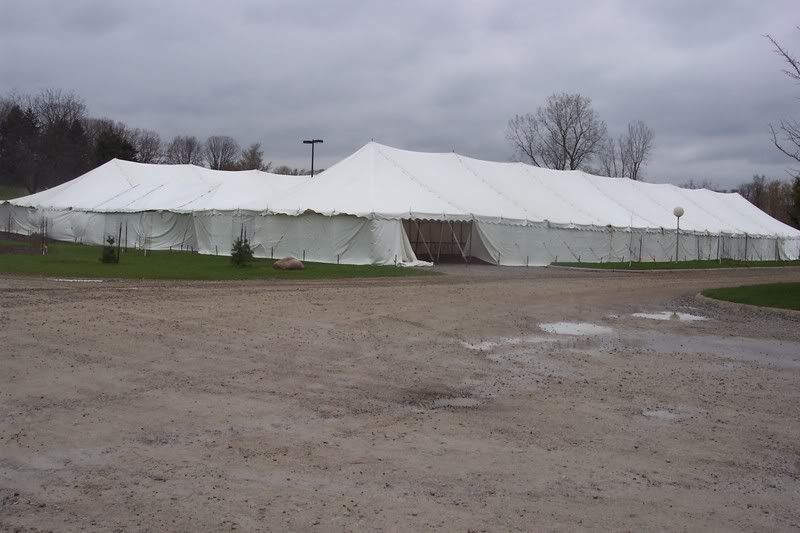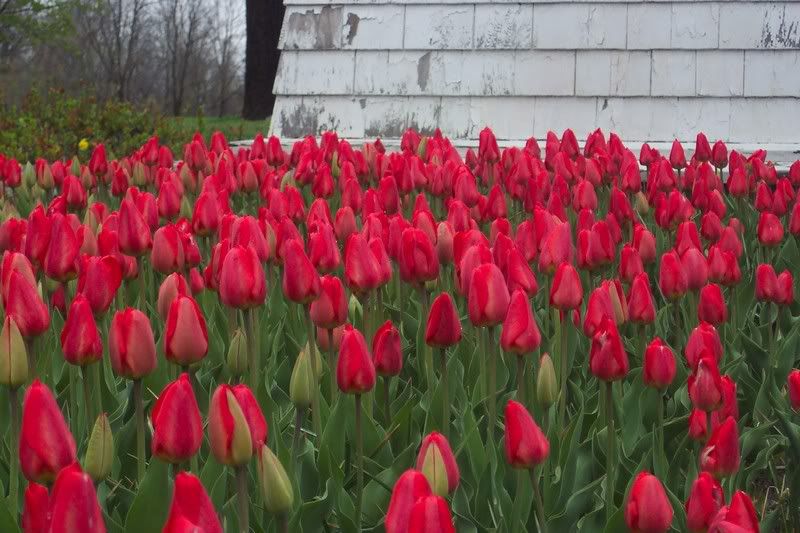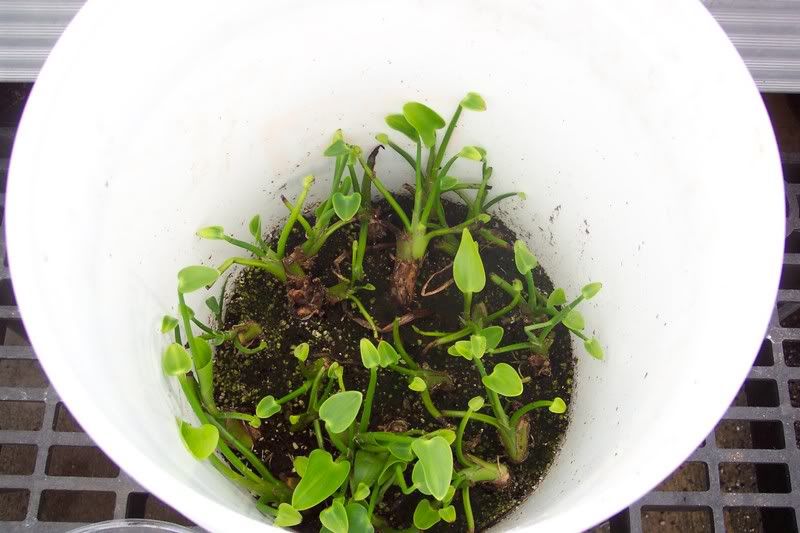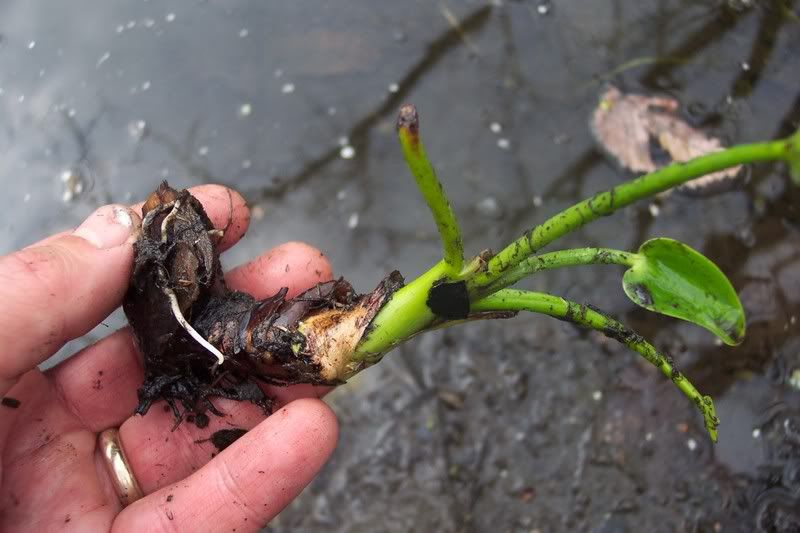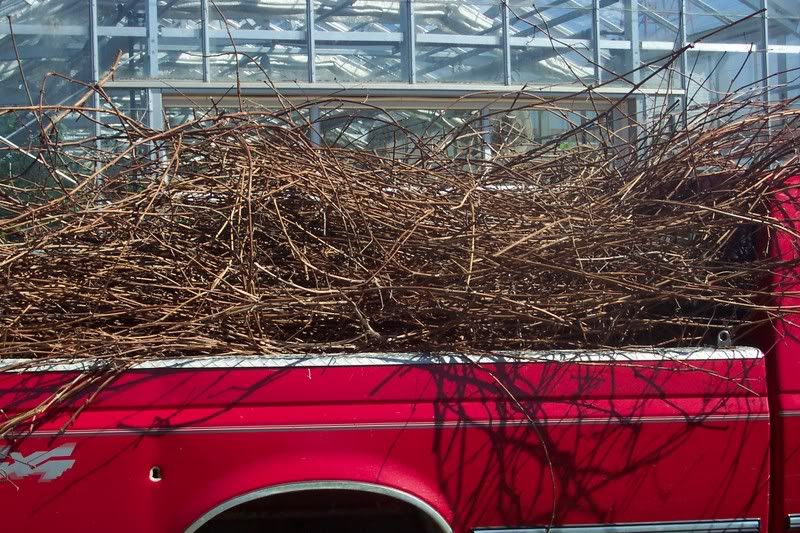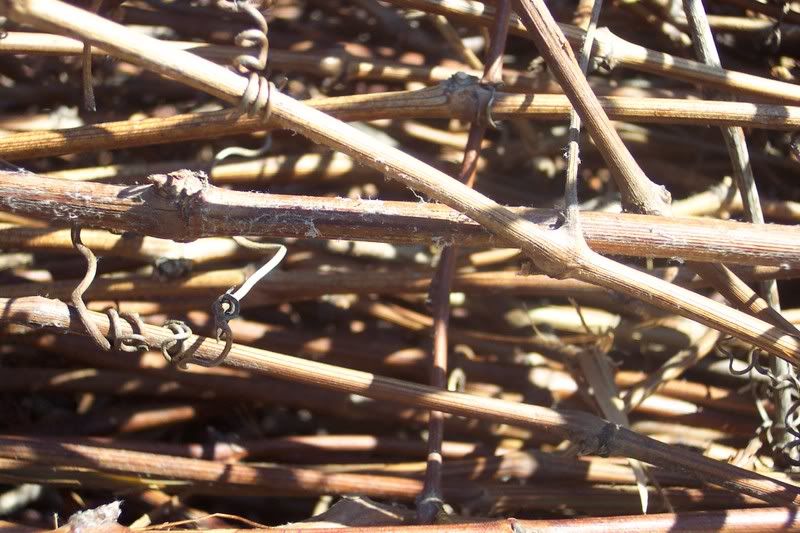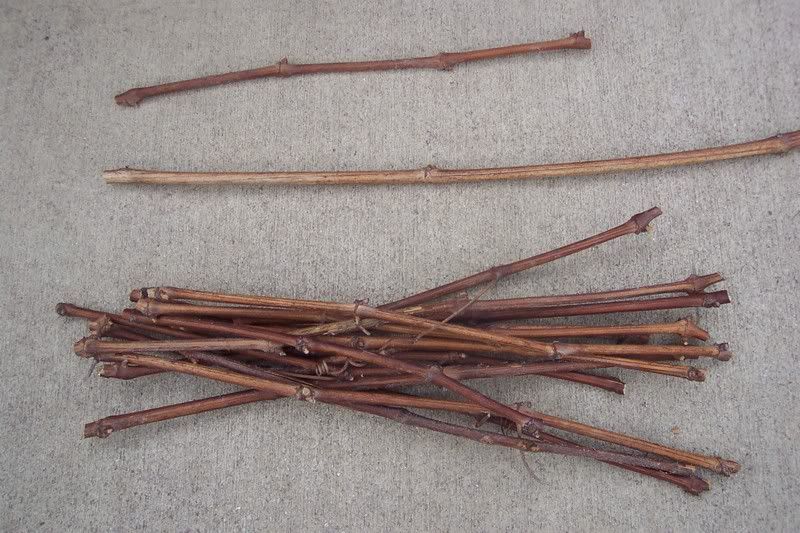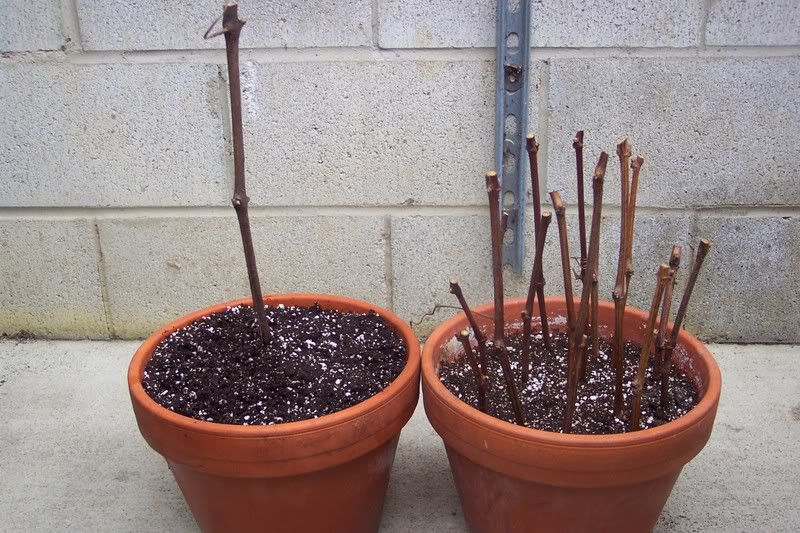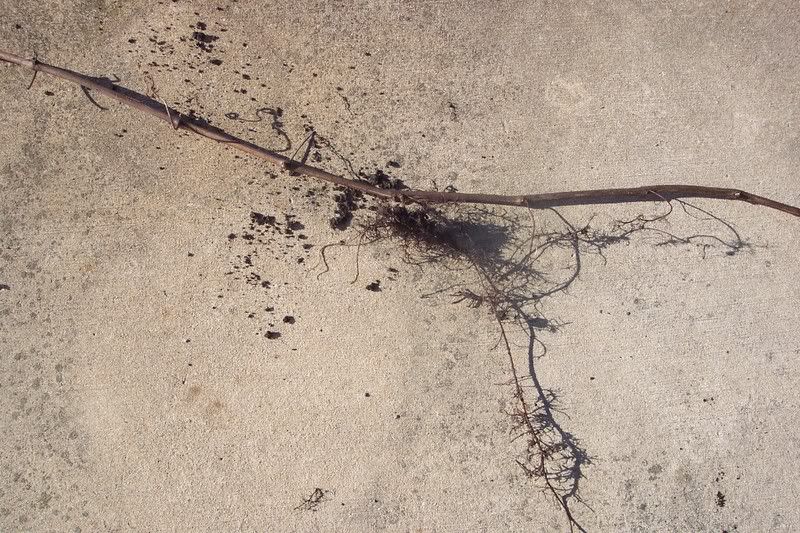Have you ever wondered why you never see a big bouquet of Hyacinths for sale at the florist? They would make a beautiful arrangement and the scent is, well, absolutely wonderful!
You often see them offered for sale as potted plants. They make a very attractive potted plant. However, you can’t really use them in an arragement. Also, there are usually only three or maybe four Hyacinth bulbs to a pot.
Perhaps you have tried to cut Hyacinth stems and place them in water, only to be disappointed when they prematurely wilt in a day or so. That is the same reason the florists can’t use them…they just don’t last.
You see, most of the flowers florists sell these days come from South and Central America. They are shipped in by plane so they arrive at the florist pretty quickly, but they still have to stay fresh for a period of time from when they are cut out in the field, delivered to the florist, made into an arrangment, and finally sent to your home. After that, you still would like to enjoy them for several days. Hyacinths would be compost long before they ever made it to your home.
Well, I have for you today, the secret of obtaining long lasting cut Hyacinths.
You still need to plant them in the fall, there is no getting around that. And the flowering season is limited, they are blooming right now as a matter of fact. So the window of opportunity for enjoying Hyacinths is pretty small. That’s what makes them even more special.
Let’s look at one critical part of a Hyacinth bulb. What I’m pointing to here is the bottom of the bulb called the “basal plate”:
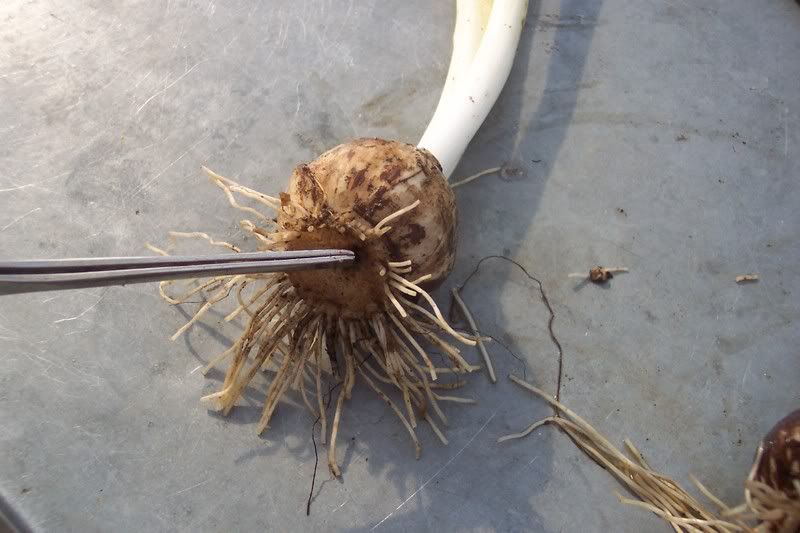
It is from the basal plate the roots emerge. Each cut stem of a Hyacinth flower needs to have a piece of this plate attached to it. The only way to get a piece of the basal plate is to dig the entire bulb.
Then the scales of the bulb need to be peeled off, like the layers of an onion:
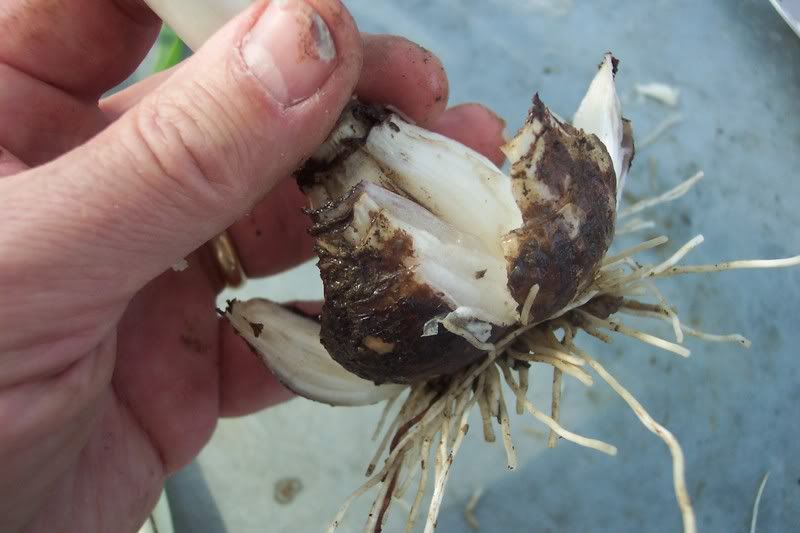
You can cut off most of the remaining basal plate and leave a small portion of it attached to the flower stem:
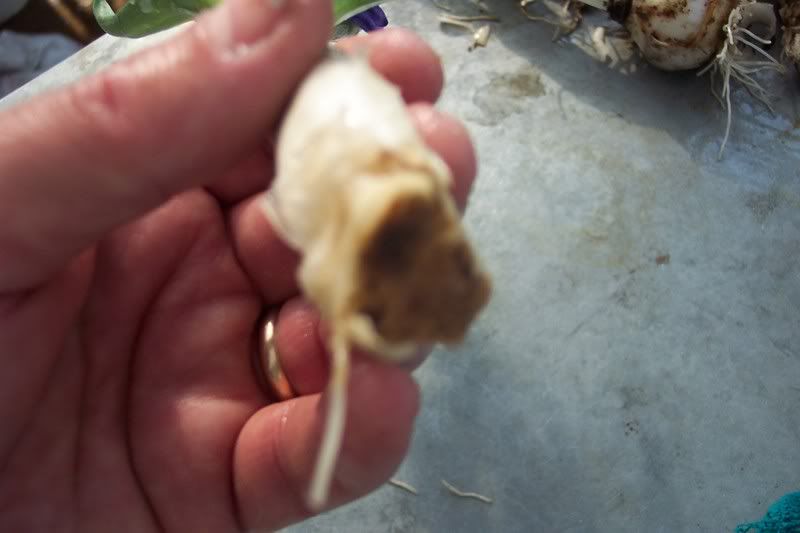
Of course, this means that most of the Hyacinth bulb has to be discarded:
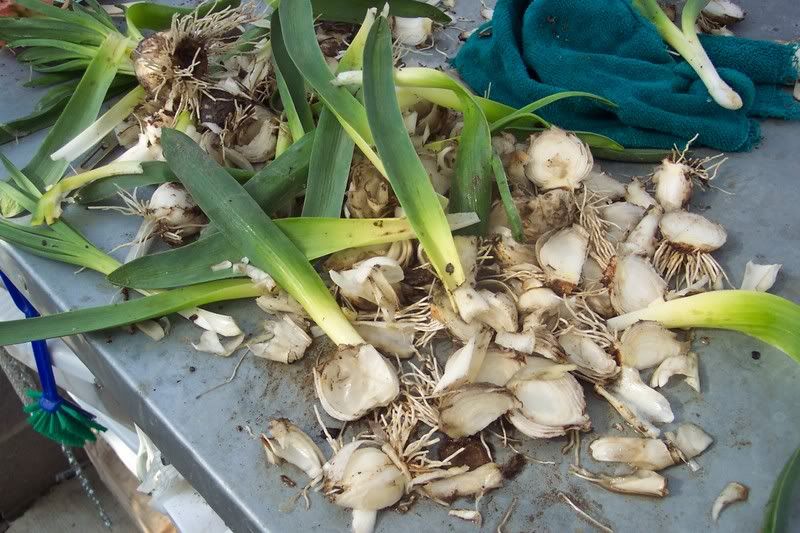
To me personally, I don’t worry too much about throwing away all of that Hyacinth just to get one stem. The reason is because after forcing them in pots, and enjoying them as potted plants, I re-plant them outside in what I call our “bulb graveyard”:
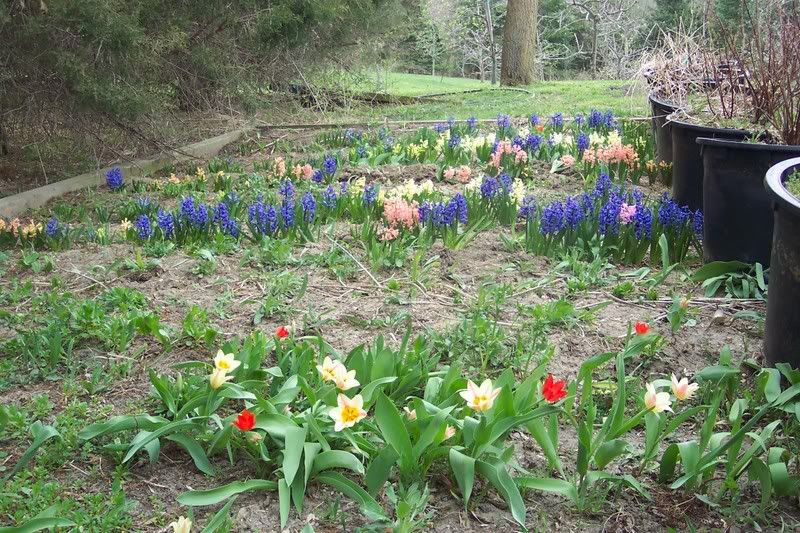
This way each Hyacinth is used twice, once as a potted plant and then again as a cut flower in a subsequent year. It sometimes takes a couple of years for the outdoor hyacinths to bloom again, but once you have your graveyard going, something is bound to come up every year!
Once you have tried this process, you begin to realize how much labor is involved to get even one stem. The labor is too expensive, even when using poorly paid third-world laborers. Look at the results, though, and I’m sure you will agree that it was worth all the trouble. Besides, its fun! Isn’t that the reason why we do this stuff? :0 Here is a vase of some of those cut Hyacinths I gave away for Secretary’s Day:
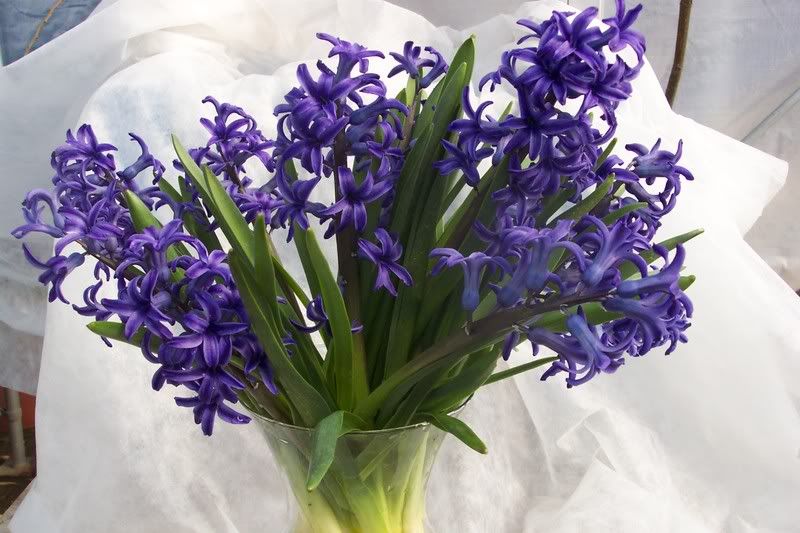
Now that the secret is out, its up to you to go out and suprise someone with a big bouquet of Hyacinths.
Bob
